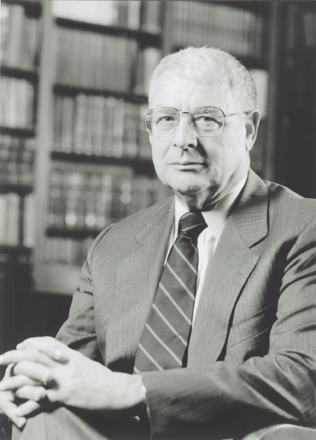Riccardo Giacconi: Pioneer of X-Ray Astronomy
In the realm of astrophysics, few names resonate with the pioneering spirit of scientific exploration as prominently as Riccardo Giacconi. An Italian-American physicist renowned for his groundbreaking contributions to X-ray astronomy, Giacconi's work has significantly expanded our understanding of the universe, earning him the 2002 Nobel Prize in Physics. This article delves into the life and achievements of a man whose ingenuity and determination opened new windows to the cosmos.
Early Life and Education
Riccardo Giacconi was born on October 6, 1931, in Genoa, Italy. Growing up during the tumultuous times of World War II, his early life was marked by the upheaval that swept across Europe. Despite these challenges, Giacconi's passion for the sciences flourished. He pursued physics at the University of Milan, where his curiosity and intellect were apparent.
After obtaining his doctorate in 1954, Giacconi faced the task of navigating a complex post-war academic landscape. It was his decision to relocate to the United States in search of more fertile ground for scientific inquiry that set the stage for his illustrious career.
The Advent of X-Ray Astronomy
At a time when the heavens were primarily observed through visible light, Giacconi identified a gap in the study of celestial phenomena. Unlike optical telescopes, which were unable to detect X-rays due to Earth's atmosphere, Giacconi envisioned a way to observe the universe in this higher energy spectrum. In collaboration with his team, he began developing the technology required to launch telescopes beyond the atmospheric barrier.
His efforts culminated in 1962 with the launch of a sounding rocket equipped with their first X-ray detector, which led to the discovery of Sco X-1, the first cosmic X-ray source outside the solar system. This breakthrough revealed an incredibly dynamic universe invisible to optical telescopes, sparking a revolution in the field known as X-ray astronomy.
Innovations and Impact
Giacconi's scientific influence extended beyond his early successes. He played a key role in the development of several pivotal space missions, each expanding the horizons of X-ray astronomy. As a leader at American Science and Engineering in Cambridge, Massachusetts, Giacconi oversaw projects like the Uhuru Satellite, which provided the first X-ray images of black holes and supernova remnants.
Perhaps his most notable contribution was as primary investigator of the Einstein Observatory (HEAO-2), launched in 1978. It was the first fully imaging X-ray telescope, vastly augmenting the resolution and scope of astronomical observations. These missions collectively enriched our understanding of phenomena such as neutron stars, quasars, and interstellar gases, providing a comprehensive picture of high-energy processes in the universe.
A Legacy Etched in the Stars
The significance of Riccardo Giacconi’s work cannot be overstated, as his discoveries continue to inform and inspire present-day astrophysical research. His entrepreneurial spirit within scientific circles has set a precedent for future generations of physicists, elevating the methodologies applied in space exploration and observational techniques. Recognized with the highest scientific honors, his legacy is indelibly linked with the advancement of our cosmic understanding.





Comments